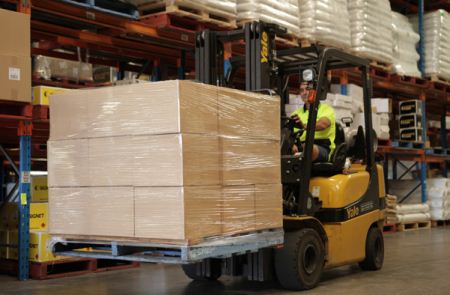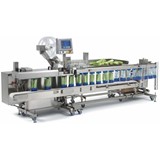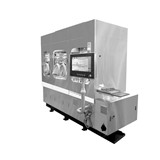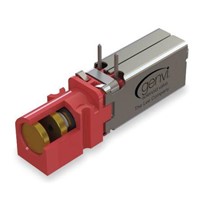Each of these pallets can be worth a significant amount of money which means it is crucial to understand tertiary packaging optimisation (TPO) and the best practices for your pallets. Putting this knowledge in practice can ensure your products arrive at their destination safely, in good condition and at the lowest possible cost to your business.
There are 3 main types of packaging:
Primary Packaging refers to the package that surrounds the product, and has the most direct contact with the actual contents. For example, in a 12-pack box of canned soft drink, the cans are the primary packaging. Other types of primary packaging include potato chip bags, pharmaceutical bottles and egg cartons. Depending on the product, the primary package can face the customers on the retail shelf.
Secondary Packaging is the container that holds the primary packaging. For the 12-pack of soft drink, the box that stores and carries the cans would be the secondary packaging. Secondary packaging is often retail-shelf ready.
Tertiary packaging is used for shipping, bulk handling and warehouse storage, and is not commonly displayed on the retail shelf. Pallets used to transport products are considered tertiary packaging. In addition, stretch wrappers used to unitise pallet loads for easier, more stable transport are also a type of tertiary packaging.
All 3 components of a product's packaging impact the load's integrity during transit, however the tertiary packaging has the biggest effect. This includes how the pallet is stacked, how pallet wrap or stretch film is applied around the load, the type of stretch film used and matching the characteristics of the film to the load application.
Impact of poor Tertiary Packaging practices
Shock and vibration forces naturally occur during the transport process which can cause a load to shift or break; thus damaging the products on the pallet. If goods are damaged during transit, the flow-on effects for the company can be quite severe.
1. Cost to the company
These costs can be incurred through:
- Expense for returning damaged stock
- Cost of repacking goods for a replacement delivery
- Loss of inventory for having to replace the damaged goods
- Clients leaving as a result of poor delivery experiences
- Loss of revenue from impact on your company brand & reputation
2. Damage to people and assets
Poor tertiary packaging also has the potential to cause damage to people and assets.
- A load that is not packed and contained correctly can cause serious injury to workers – both your own staff and those at the receiving end
- Many couriers refuse to carry loads that are unsafe from poor tertiary packaging for this reason
3. Damage to products
Loads that are wrapped either too tightly or too loosely risk damaging the products contained within.
- Loosely wrapped pallets can cause items to shift or fall during transit which can upset the load balance and damage the packaging
- Loads that are packed too tightly can crush and damage external packaging and may increase the risk of product damage due to vibration during transport.
4. Damage to vehicles
Uncontained loads can damage a vehicle internally if the load is not wrapped correctly or externally if it causes the driver to have an accident.
- Load shift can cause a loss of vehicle stability, which may lead the vehicle to rollover
- Damage also affects forklifts through pallets that have been overloaded or not contained properly
There are many products and processes designed to optimise your tertiary packaging and minimise the above business impacts. For more information about TPO or to receive recommendations to improve your packaging processes contact your trusted packaging supplier.



























